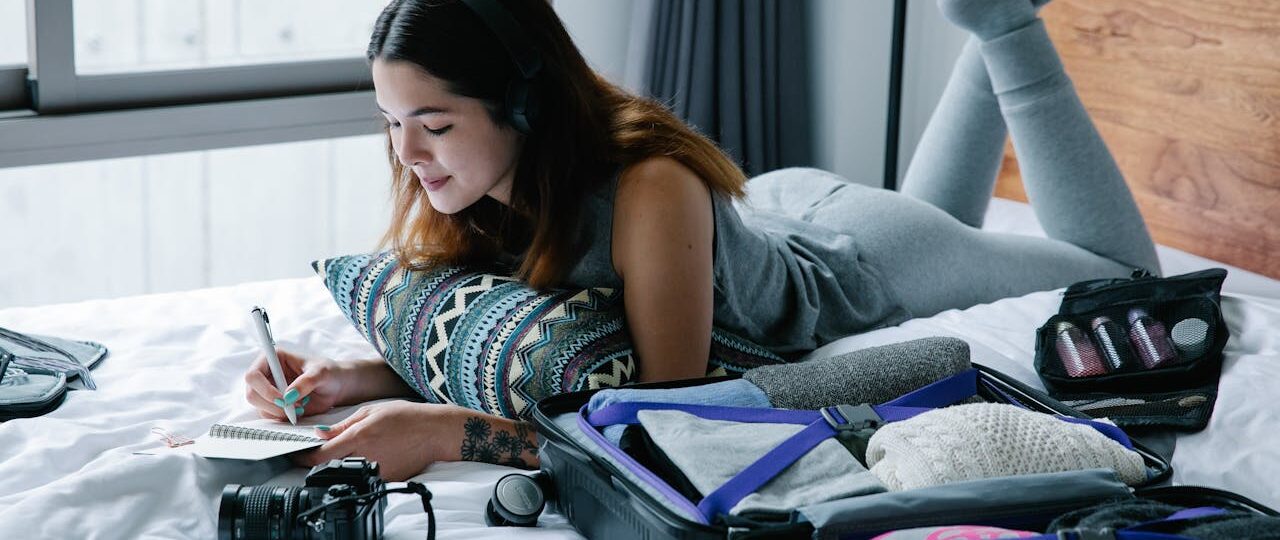What to Pack for a Kenyan Safari: The Ultimate Checklist for 2025
Why Packing Right is Crucial for Your Kenyan Safari
Going on a Kenyan safari is one of those bucket-list experiences that you’ll remember forever. But Kenya’s diverse climates, rugged landscapes, and remote game reserves demand thoughtful packing — trust me, forgetting the right pair of shoes or meds can turn a magical trip into a minor disaster.
And let’s not forget: local shops near safari lodges aren’t your typical convenience stores — so come prepared!
The Ultimate Kenyan Safari Packing List
1. Clothing: Think Layers and Neutral Colors
Kenya’s weather can swing from chilly mornings to scorching afternoons, especially if you’re visiting during the dry season.
Must-Pack Safari Clothing:
- Lightweight long-sleeve shirts (for sun and mosquito protection)
- T-shirts or breathable tops
- Convertible or cargo trousers
- A fleece jacket or hoodie for early morning game drives
- Light waterproof jacket (especially in April-May or Nov, during rainy seasons)
- Neutral-colored clothing (khaki, beige, green – avoids attracting insects or scaring animals)
- Wide-brim hat or cap
- Comfortable walking shoes or boots
- Flip-flops or sandals (for relaxing at the lodge)
- Swimsuit (many lodges have pools!)
- Undergarments and socks (quick-dry is a plus)
Tip: Avoid bright colors like red, white, or blue — they can either attract unwanted attention from wildlife or annoy tsetse flies.
2. Travel Essentials
Documents & Money:
- Valid passport (at least 6 months validity)
- Kenya eVisa (apply online before arrival)
- Travel insurance (including medical and evacuation)
- Yellow fever vaccination certificate (check current entry requirements)
- Copies of important documents (both digital and paper)
- Credit card & some cash in USD or Kenyan Shillings
3. Gear & Gadgets
- Binoculars (a MUST for wildlife spotting!)
- Camera with zoom lens (wildlife isn’t always close!)
- Portable power bank
- Universal travel adapter
- Flashlight or headlamp (with spare batteries)
- Smartphone & charger
- Lightweight daypack for game drives
Bonus Tip: If you’re into photography, bring extra SD cards — trust me, you’ll be snapping away nonstop!
Toiletries & Personal Care
Most safari camps offer basic toiletries, but having your own stash is a lifesaver.
Don’t forget:
- Sunscreen (SPF 30+)
- Insect repellent (DEET-based or natural)
- Lip balm with SPF
- Wet wipes and tissues
- Toothbrush, toothpaste, deodorant
- Hand sanitizer
- Personal medications + small first aid kit
- Rehydration salts or electrolyte tablets
5. Health & Safety Extras
- Anti-malaria medication (ask your doctor before travel)
- Prescription meds in original packaging
- Allergy meds if needed (dust and pollen can trigger reactions)
- Travel pillow and earplugs (for long drives or noisy camps)
Best Time for Safari in Kenya
Here’s the good news: Kenya’s wildlife is amazing year-round, but your experience can vary depending on the time of year.
Best Time for Safari in Kenya:
- July to October: Peak safari season – dry weather, excellent visibility, and the Great Migration in the Maasai Mara.
- January to March: Also great – warm, dry, and fewer tourists.
- April to June & November: Green season – lush landscapes, lower prices, but occasional rain.
If you’re into birdwatching, November to April is perfect, thanks to migrating species.
Kenya Safari Cost: What to Budget For
Your Kenya safari cost will depend on the type of experience you’re after:
| Type of Safari | Cost Per Day (USD) | What’s Included |
|---|---|---|
| Budget | $150 – $300 | Basic lodging, shared game drives |
| Mid-range | $300 – $600 | Comfortable lodges, private drives |
| Luxury | $700 – $1500+ | 5-star lodges, custom itineraries |
Pro Tips from a Kenyan Tour Consultant
Since I’ve helped dozens of travelers plan their perfect Kenyan safari, here are a few insider tips:
- Pack light – Many safari flights have strict luggage weight limits (15kg soft bags only!).
- Bring US Dollars in small denominations – Great for tipping and emergencies.
- Label your stuff – Things tend to go missing when you’re switching camps.
- Ask your guide questions – They love sharing stories and spotting animals you’d never see on your own.
Final Word: Your Safari Starts with Smart Packing
A Kenyan safari isn’t just a trip — it’s an adventure that connects you to nature in the rawest and most unforgettable way. Packing right ensures that nothing distracts you from the breathtaking wildlife, golden sunsets, and the rhythm of Africa.
So whether you’re going in peak season or trying to stick to your budget, make sure your bag’s got everything you need to enjoy every roar, stomp, and flutter across the savannah
FAQs
Q: How many days do I need for a good Kenyan safari?
A: Ideally, 5 to 10 days allows you to explore different parks like Maasai Mara, Amboseli, and Samburu without rushing.
Q: Is it safe to drink tap water in Kenya?
A: Not recommended. Stick to bottled or filtered water.
Q: Do I need shots or vaccinations before coming to Kenya?
A: Yellow fever is often required. Hepatitis A, Typhoid, and Malaria meds are also recommended.
Q: Can I use my phone in Kenya?
A: Yes, with a local SIM or roaming. Safaricom has great coverage, even in many game reserves.
Wanna make your Kenyan safari unforgettable without the stress?
👉 Plan your trip with PlanMyKenyanTour.com — Your dream adventure, made easy!





